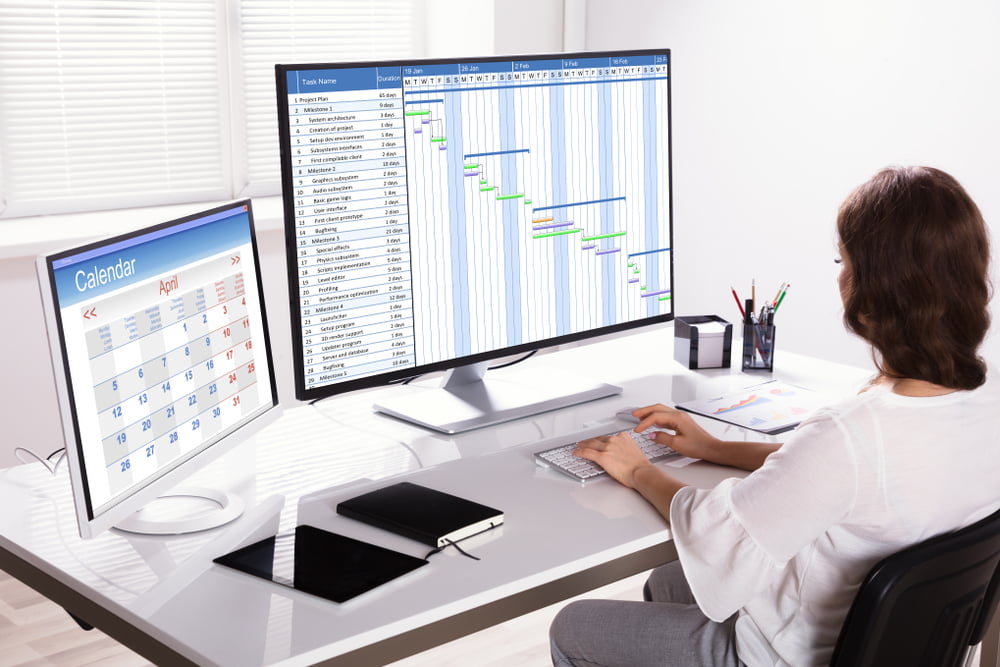Keeping track of your own schedule can be a headache. When you add the trouble of keeping an eye on the schedules of your employees and making sure that they are keeping that schedule, the problems can increase. Without a coherent and organised approach to timesheet data, tracking and management, it is easy to quickly become dazed and confused.
Thankfully, there are some established best-practices for staying on top of scheduling and timesheet tracking. Whether you use a staff scheduling tool from Deputy or implement one of many strategies for this essential business task, there are helpful means of reorganising your scheduling and getting your business back on track.
Let’s look at some effective tools and techniques for optimal scheduling and timesheet tracking.
Leverage The Power Of Technology
These days, there are many apps and software programs available for tracking employee schedules and timesheets as an employer. With a simple search, you will rapidly be able to assess the pros and cons of different apps to find the one that works for the needs of your business.
When looking for a good app, however, keep in mind that it needs to be scalable and easy to understand. Scalability will allow you to incorporate a larger staff into the scheduling as your business grows and expands. It also needs to be easy to understand otherwise, you may spend more time trying to decipher your scheduling than the effort is worth.
Good software will allow you to see where your staff is most productive and where your team is lacking. By taking a look at the timesheets in tandem with your productivity metrics you will be able to more optimally decide how to allocate the time of your employees to provide your business with the most benefits.
Naturally, this software can also be used to keep a closer eye on particular employees and ensure that they are doing an adequate job while on the clock.
Track Employee Time Manually
Rather than use an app, you might prefer to track the time of your employees manually. Although this technique is increasingly outdated, having a time clock with a punch card system is still used by many businesses today. While this information will ultimately need to be manually imputed into your database by you or a member of your team, it can still be an effective if time-consuming means of keeping tabs on your employees’ time.
This technique is adequate for small businesses that lack a large workforce, but as your business grows you may want to consider upgrading to a digital format for timekeeping.

Perform Periodic Analytics
Every once in a while, it is important to take a bird’s-eye view of your staff scheduling and rearrange things. Making sure that your staff is allocated optimally throughout the year is important for minimising costs and maximising productivity. As seasons change from busy times to slow times, make adjustments to your staff schedules as necessary.
Naturally, if you have chosen to store your timesheet data electronically, you can use a variety of analytical tools and methods to determine better means of organising your team. You can even set up an automated scheduling protocol to generate schedules based on the availability of your team and your operational requirements.
Every Hour Counts
In business, every hour of your time is valuable. If you are doing one thing, you need to make sure that your time could not be more productively spent on other tasks. Rather than second guess yourself constantly, make sure to follow the strategies outlined here to make sure that you can keep your staff on-task in the most productive way possible.

